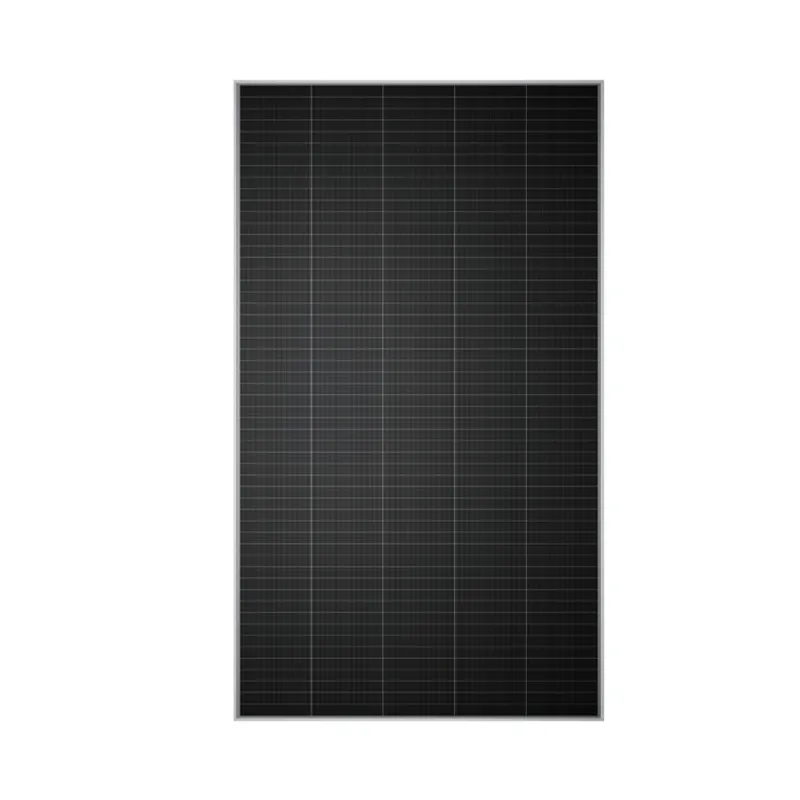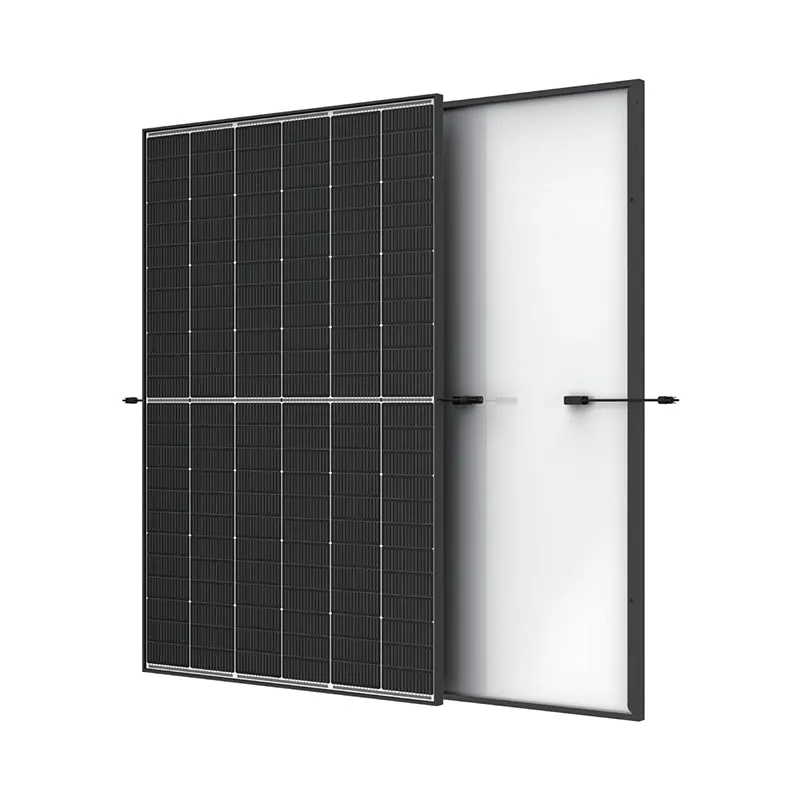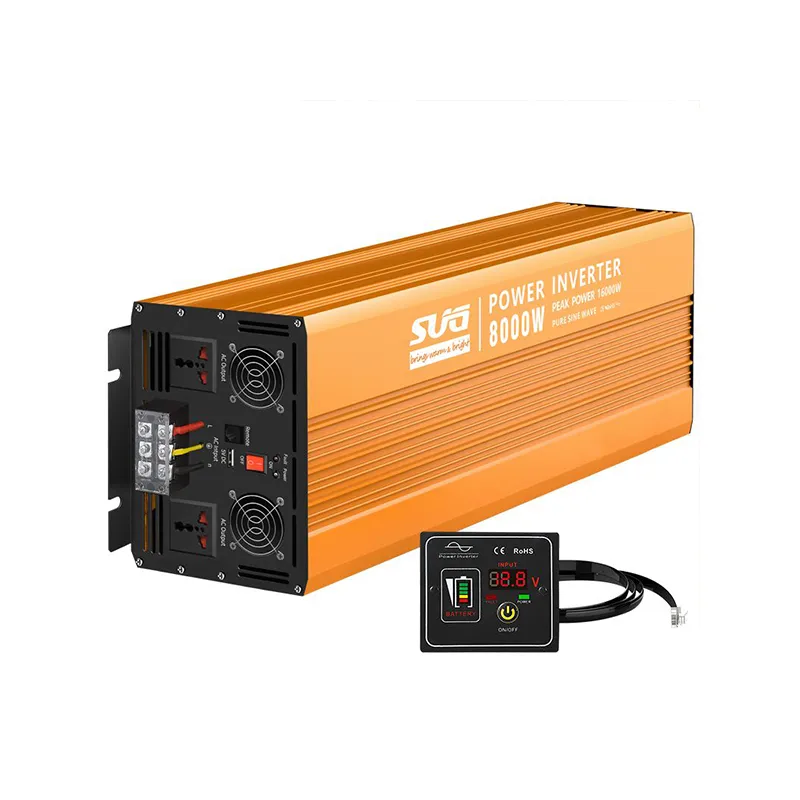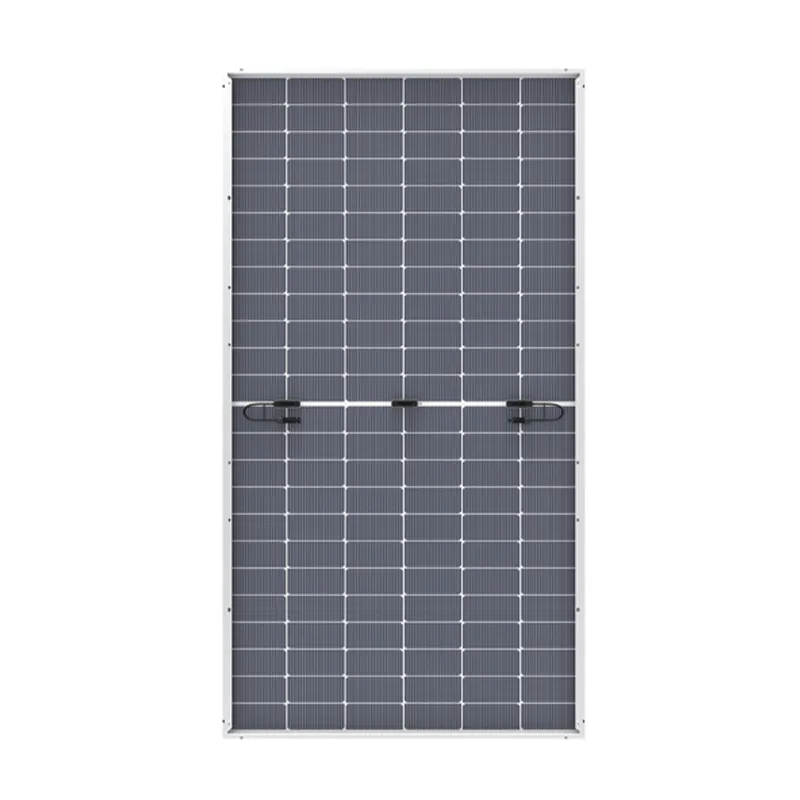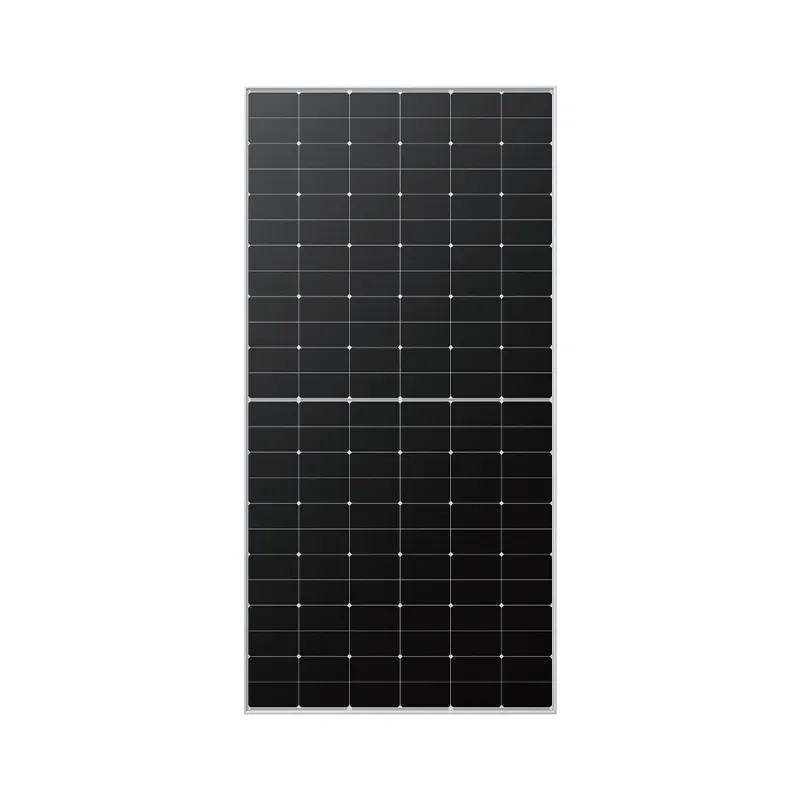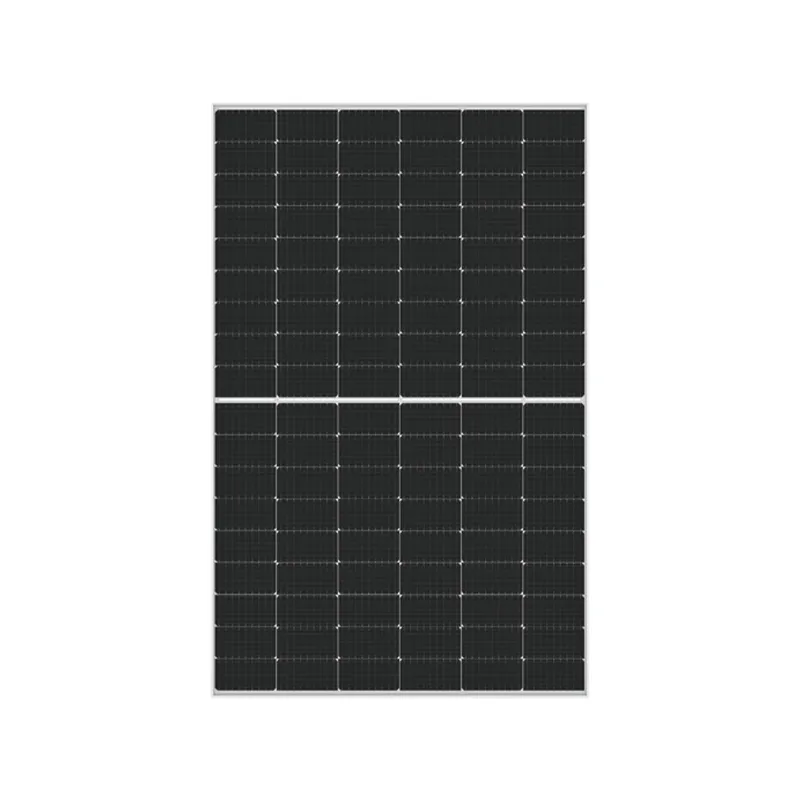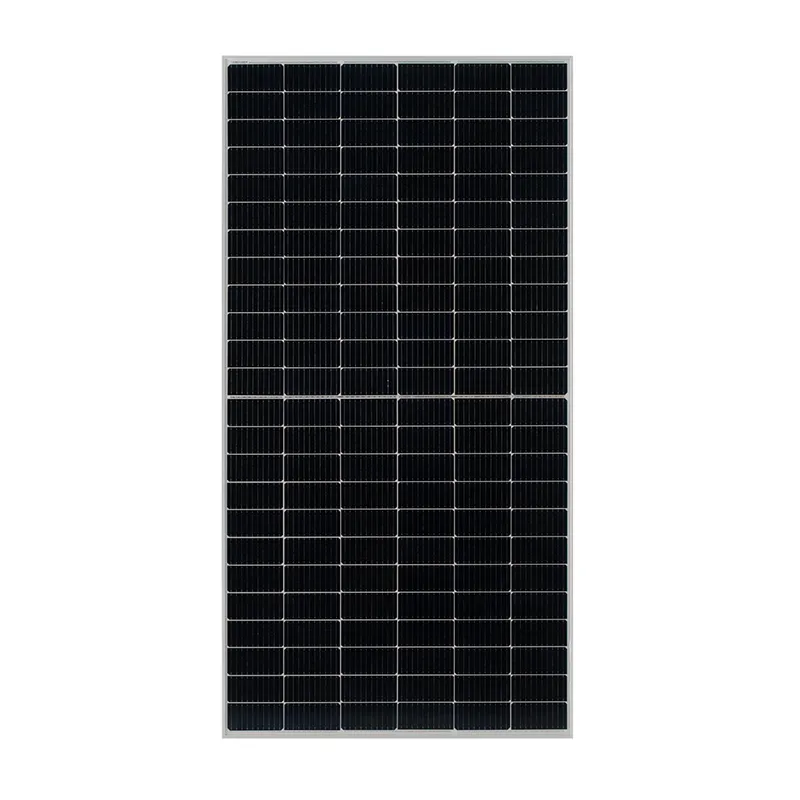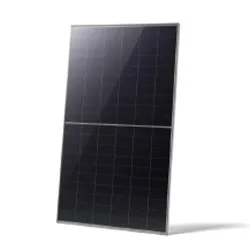Bifacial Solar Panel: A Smarter Investment for Next-Generation Energy Systems
In the age of renewable innovation, the bifacial solar panel stands at the forefront of efficiency, performance, and cutting-edge solar technology. With dual-sided power generation and long-term ROI, it’s the future of sustainable energy.
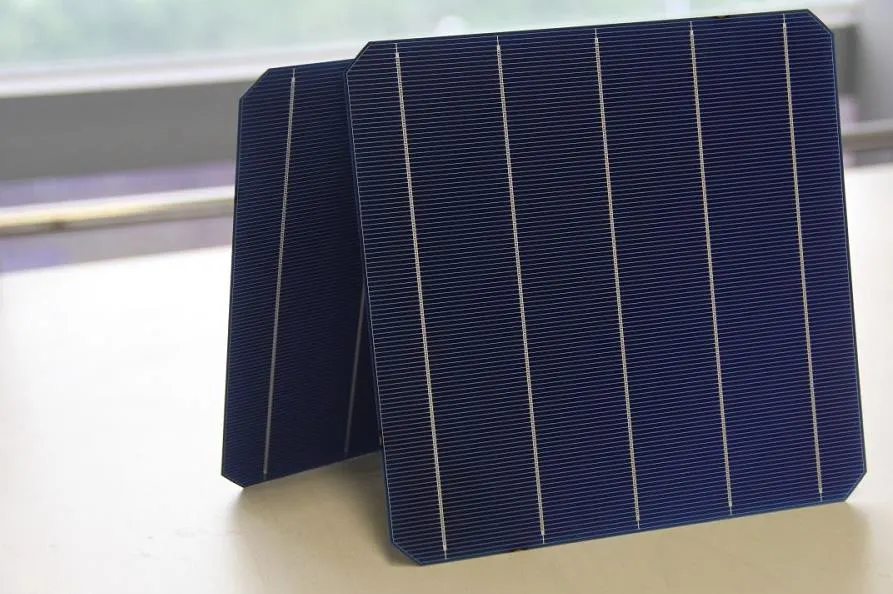
How to Improve the Performance of the Bifacial Solar Panel
The efficiency of a bifacial solar panel can exceed that of traditional monofacial panels by up to 30%, but to achieve this, optimal installation and environmental alignment are essential. Unlike standard panels, a bifacial solar panel absorbs sunlight from both its front and rear surfaces. To maximize performance, it should be installed in locations with high ground albedo—such as white concrete, light gravel, snow, or reflective membranes—that bounce sunlight onto the rear side.
Panel tilt angle is also crucial. Raising the bifacial solar panel off the surface by at least 1 meter ensures better airflow and increased exposure of the rear side to ambient light. Horizontal single-axis trackers further enhance production by following the sun throughout the day and evenly distributing exposure across both surfaces.
Moreover, cleaning schedules and anti-soiling coatings can significantly increase the rear-side gain. Dust or snow accumulation limits rear exposure and should be addressed with self-cleaning features or scheduled maintenance. Smart monitoring systems can also help fine-tune energy collection by adjusting angles and panel orientation based on seasonal and daily light patterns.
Installation Skills for Bifacial Solar Panel Projects
Proper installation is vital to unlocking the full potential of a bifacial solar panel. The unique feature of dual-sided sunlight absorption requires a different approach than traditional panels. Mounting systems must minimize rear shading—meaning structural supports, clamps, and junction boxes should be as narrow and rear-exposure-friendly as possible.
Glass-to-glass bifacial solar panel constructions often come with higher weight and rigidity. Installers must use robust racking systems that can accommodate increased load requirements while maintaining minimal contact with the panel’s rear surface. This not only ensures mechanical stability but also preserves rear-side exposure.
When selecting modules from the range of bifacial solar panels for sale, it’s advisable to choose those with integrated bypass diodes and anti-reflective coatings to prevent hotspots and efficiency drops. In utility-scale installations, spacing between rows is another major consideration to avoid rear-side shading. Increasing row spacing by even 10–15% can lead to significant improvements in energy yield across the site.
Electrical configuration should be carefully designed. High-efficiency bifacial solar panel setups may produce more current than standard panels, requiring optimized inverters and string lengths. Use compatible hardware with higher input thresholds to accommodate the output surge from the rear gain.
Bifacial Solar Panel Performance in Cold Climates
A bifacial solar panel is exceptionally well-suited for use in cold climates. Snowy terrain not only enhances ground reflectivity but also acts as a natural amplifier for rear-side generation. The cooler temperatures improve solar cell efficiency by reducing resistance, which directly increases voltage output and overall energy production.
In cold regions, snow shedding design is critical. A steep installation angle helps reduce snow accumulation on the front face, allowing sunlight to penetrate to the active surface. At the same time, the reflective snow base boosts the rear irradiance, making a bifacial solar panel particularly productive during winter months.
Durability in extreme weather is another advantage. Most bifacial solar panels for sale are built with glass-glass technology, offering superior mechanical strength and higher resistance to microcracks caused by thermal cycling. These designs maintain their integrity over long periods of exposure to ice, wind, and hail—factors that often degrade standard solar panels faster.
Because of their longevity and high energy output, bifacial solar panel price becomes more favorable when calculated over the lifetime of the system. In snowy regions, the return on investment is accelerated due to improved winter performance and reduced degradation rates.
Market Outlook and the Value Behind Bifacial Solar Panel Price
Although the initial bifacial solar panel price may be slightly higher than monofacial models, the extended durability, rear-side energy gain, and reduced balance-of-system (BOS) costs more than compensate over time. Project developers and commercial investors increasingly recognize the financial and energy advantages, driving rapid adoption across global solar markets.
The rise in demand for bifacial solar panels for sale has encouraged manufacturers to innovate with better materials, advanced cell structures (such as PERC and TOPCon), and smarter junction box placements that minimize rear shading. These advancements have not only improved performance but also helped drive down the bifacial solar panel price, making it competitive even for residential users.
From large-scale solar farms to rooftop installations, the versatility of the bifacial solar panel ensures that it fits nearly any scenario. As government incentives and net metering regulations evolve, the long-term returns of choosing bifacial technology far outweigh traditional alternatives.
Bifacial Solar Panel and Bifacial Solar Panel Price FAQs
What makes bifacial solar panels more efficient than traditional panels?
A bifacial solar panel captures light from both the front and rear surfaces, leading to up to 30% more energy production compared to standard panels.
How do I ensure I’m getting the best bifacial solar panels for sale?
Look for bifacial solar panels for sale with high rear-side efficiency, glass-glass construction, and trusted warranties from top-tier manufacturers.
Is the bifacial solar panel price worth it for residential projects?
Yes. Although the bifacial solar panel price may be higher initially, the increased output and durability result in faster ROI and long-term savings.
How do bifacial solar panels perform in winter or cold climates?
Die bifacial solar panel performs exceptionally in cold regions, benefiting from improved cell efficiency and increased rear irradiance due to snow reflection.
Are special mounting systems required for bifacial solar panels?
Yes. Installations of bifacial solar panel systems should use low-shade, high-clearance mounts that allow maximum light to reach the rear surface.
-
String Solar Inverter: The High-Efficiency Solution for Smart Solar EnergyNuusJul.14,2025
-
Revolutionizing Rooftop Energy with the Power of the Micro Solar InverterNuusJul.14,2025
-
Power Independence with Smart Off Grid Solar Inverter SolutionsNuusJul.14,2025
-
On Grid Solar Inverter: Powering the Future with Smart Grid IntegrationNuusJul.14,2025
-
Monocrystalline Solar Panels: High-Efficiency Power for the Future of Clean EnergyNuusJul.14,2025
